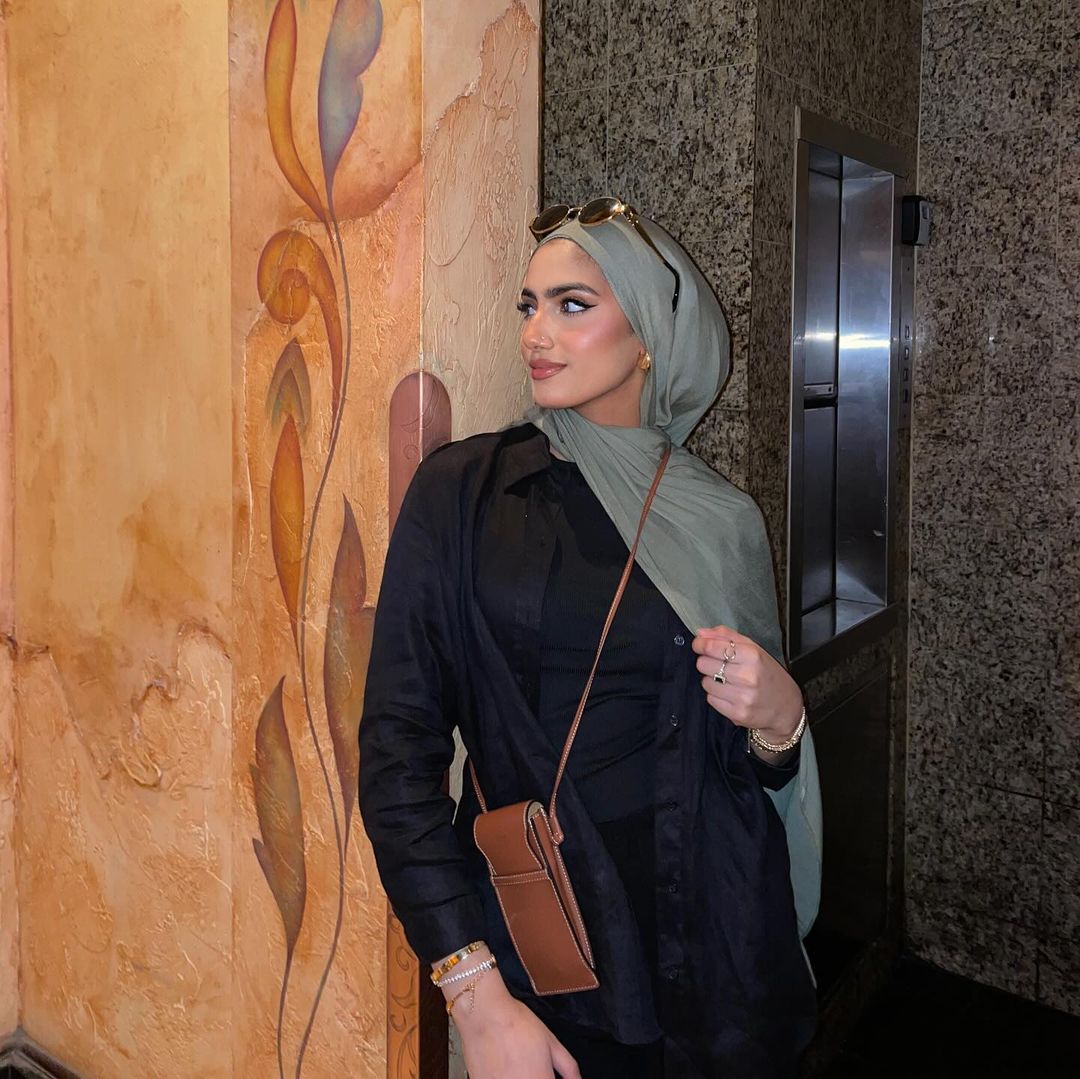Why Do Muslim Women Wear Hijab?

What is a Hijab?
Do you have a favorite piece of clothing? For many people, what we wear is a way to express who we are. Some sport shirts that showcase their favorite bands, while others might wear hats or jackets that hold special meaning. Often, our clothing reflects our cultural backgrounds—like wearing a sari in India or a kimono in Japan. Today, let’s explore another important garment: the hijab.
Understanding the Hijab
So, what is a hijab? It’s a type of covering worn by many Muslim women, often in the form of a scarf or shawl that covers the hair, neck, and shoulders. The hijab can be styled in various ways, featuring different colors and fabrics, which allows for personal expression while adhering to its principles of modesty. For many women, the hijab symbolizes modesty, privacy, and morality, and it often carries deep personal significance.
Do All Muslim Women Wear a Hijab?
Not all Muslim women wear a hijab. In some countries, such as Iran, it’s required by law, while in others, it’s a personal choice shaped by cultural customs and individual beliefs. Many women start wearing the hijab during their teenage years, marking an important transition into adulthood. The decision can depend on various factors, including family traditions and community expectations.
A Brief History of the Hijab
The hijab has historical roots that go back to the time of Muhammad (PBUH), the founder of Islam. He encouraged his wives to wear it to signify their special status. Over the years, the meaning and practice of the hijab have evolved, influenced by cultural and social changes. Understanding this history adds depth to its significance today.
Why Do Women Choose to Wear a Hijab?
Women wear the hijab for many reasons, including:
- Rite of Passage: It can symbolize the transition into adulthood and a deeper understanding of one’s faith.
- Cultural Identity: Wearing the hijab can express pride in one’s heritage and community.
- Tradition: Many women honor family customs by wearing the hijab as a sign of respect for their roots.
- Religious Significance: For some, it’s a daily expression of their faith, while for others, it may be reserved for special occasions.
The Role of Faith in Wearing the Hijab
For many Muslim women, the hijab is a significant expression of their faith. It reflects Islamic teachings that emphasize modesty and serves as a reminder of spiritual commitments. Wearing the hijab can help women feel connected to their faith community and provide a sense of belonging.
Misunderstandings About the Hijab
There are many misconceptions about the hijab, particularly among those who are not familiar with its significance. Some people mistakenly believe that women are forced to wear it, while others may support bans due to misunderstanding its meaning. These misconceptions highlight the importance of education and dialogue about the hijab and its role in the lives of many Muslim women.
Media Portrayals and Misconceptions
The hijab is often misrepresented in the media, which can reinforce stereotypes. Negative portrayals may suggest that the hijab symbolizes oppression, failing to capture the empowerment many women feel when they wear it. To gain a fuller understanding, it’s essential to listen to the stories and experiences of those who wear the hijab.
Modern Role Models and Influencers
Today, many women proudly wear the hijab in public life, acting as role models and advocates for understanding. Figures like Malala Yousafzai, Nadiya Hussain, and Halima Aden showcase the hijab with confidence, helping to break down stereotypes and promote a broader understanding of its significance.
Celebrating Cultural Expression
The hijab is just one example of how clothing can convey deep meaning. Like other cultural garments, it reflects values, beliefs, and personal identities. By learning about and appreciating the hijab, we can celebrate the diverse ways people express themselves through what they wear. This understanding fosters a more inclusive environment where all forms of cultural expression are respected.
Conclusion: Embracing Diversity Through Understanding
Understanding the hijab is key to recognizing the richness of cultural expressions and the importance of individual choice. By fostering open dialogue and empathy, we can bridge cultural gaps and create a more harmonious world. Each hijab tells a unique story, representing the journey of the woman who wears it, and through these stories, we can celebrate the diversity that enriches our global community.
- Tags: hijabs


